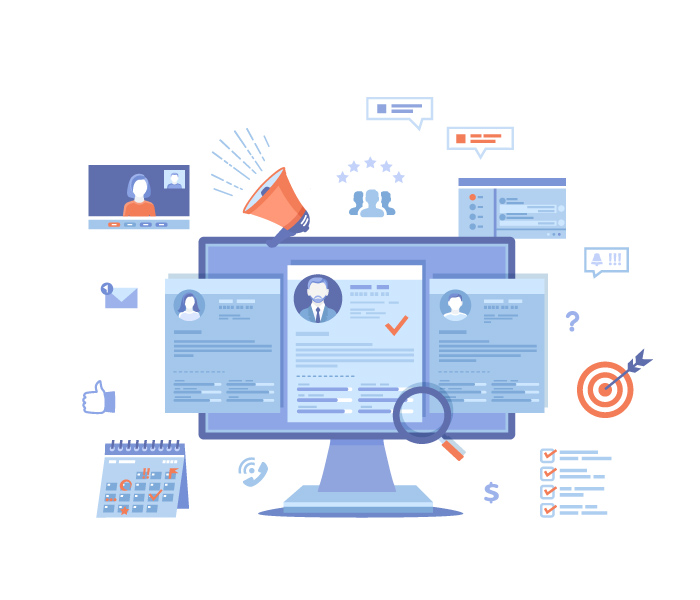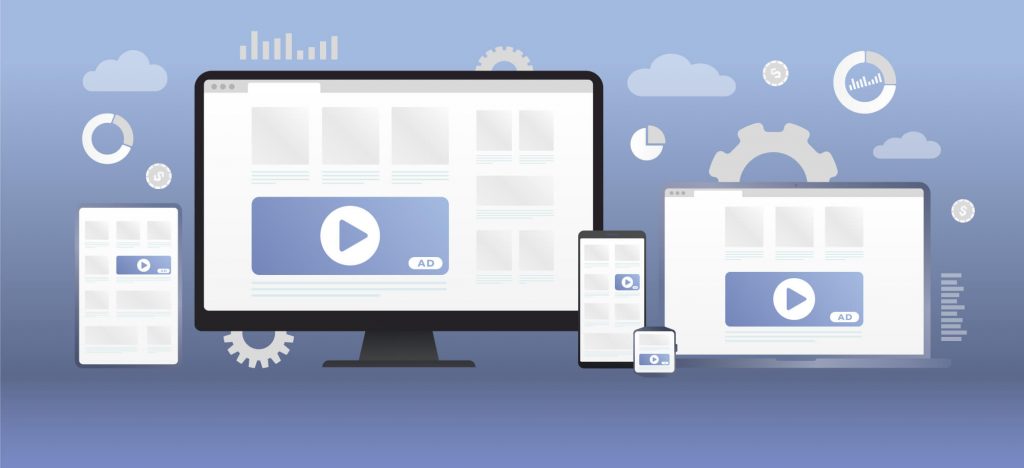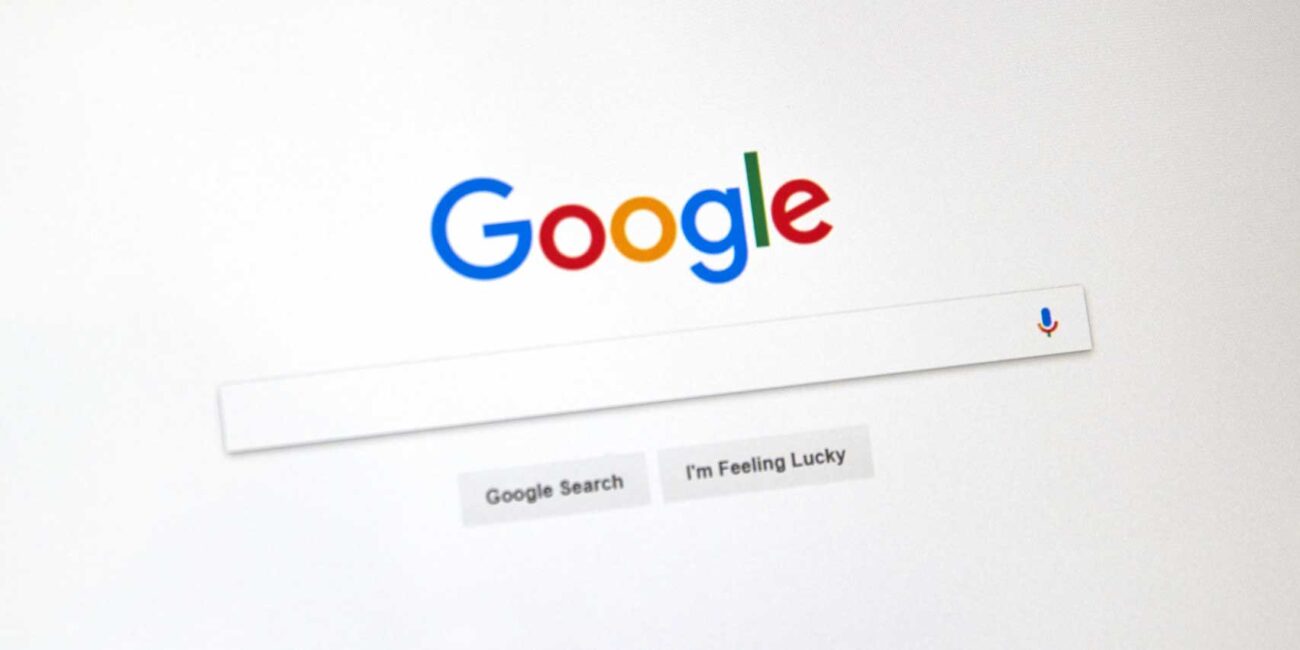Over the past few years, there has been a massive focus on using customer data to drive improved customer engagement via marketing campaigns — and, rightly so. However, the amount of customer data available at our fingertips today is unlike any time in history.
We can learn what our customers think about politics and religion, where they shop, their hobbies, and so much more. That’s why savvy businesses and marketers have looked for ways to harness the power of this data to create personalized messaging.
But today, that is no longer enough. A new era of customer engagement is emerging, with key players paving the way. In a recent customer engagement report, Google shed light on what these masterful marketers and forward-thinking business leaders are tapping into to improve customer engagement and marketing strategies. Today, we’ll take a look at the latest trends in customer engagement, as well as the practical steps dealerships can take to put this information into action.
The Report
In partnership with Google, Bain & Company worked with around 1,700 senior marketing executives to determine how they use customer insights and technology to better connect with their consumer base. The information was aggregated into a customer engagement report and published by Google.
And, while the companies involved in the study span industries, there are numerous key takeaways for dealerships looking to improve their marketing strategy in the year ahead.
Key Takeaways for Dealerships: Timing is Everything
The key takeaway from Google’s recent report is that timing is central to customer engagement. It is no longer enough to simply know who your customer is and create specific messaging for that customer, but rather the focus is now on the exact moment messaging is delivered to a customer.
The report demonstrated that leaders who nail timing use three key tactics:
- They integrate all their marketing platforms, ensuring alignment across teams.
- They test and learn on an ongoing basis, using metrics to dictate strategy in real-time.
- They share what they learn with teams across the business, allowing more team members to become involved in delivering timely messaging.
While timing has always been a component of marketing, why exactly is it taking center stage in terms of customer engagement today?
In large part, the report showed that with an increase in digital channels and options for customers to interact with brands online, timing has become more critical than ever. Customers are being inundated with messages, and, as such, they are tuning most of it out. Only messages delivered precisely at the right moment are landing.
And, when businesses can engage with customers at that golden moment, they can garner more leads with fewer ads and marketing tactics. For dealerships, this means less spend with better reach and higher conversion rates.

A Real-Life Example of the Difference Timing Can Make
To better understand why timing can be such a game-changer in terms of customer engagement, let’s look at a real-life example from Google’s study.
Popular coffee pod business Keurig used to send out daily emails that offered price-focused promotions. Their blanket email sent assumed that if customers were ready to purchase new coffee, they would open the email and take action. Unfortunately, that tactic was not delivering the hoped-for results, with many people reporting the emails as spam.
By digging into a few years of their customers’ digital purchasing history, the team at Keurig realized that not all of their customers had the same purchasing patterns. Some customers were prone to buying month’s worth of coffee pods at once, while others opted to buy small amounts of coffee pods every week or so.
Using this information, Keurig broke its customers down into four distinct segments. Using these segments, they timed ads and email messaging accordingly.
Customers who purchased coffee every few weeks received promotions based on the timing of their purchasing cycle. Bulk purchasers were offered personalized messaging right around the time they’d be likely to make their big buy. And, new coffee machine owners got their own emails, educating them on the Keurig pod options available.
The result was that the number of emails flagged as spam from Keurig decreased as open rates improved. Not only that, but Keurig can now also gather more relevant data on individual customer segment engagement, which will allow them to continue to strengthen both the message they are delivering and the time in which they do so.
Actions to Take Today
For dealerships looking to take their customer engagement to the next level, a focus on improved message timing is key. From Google’s latest customer engagement report, it is easy to see why it’s no longer enough to create a personalized message for a customer. Rather, part of that personalization must include reaching the customer at the right moment.
The following are five key actions that your dealership can take today to become a customer engagement master in your vertical:
1. Start with a Deep Dive into Your Current Message Timing
You have to know where you’re starting from so you know where to focus your improvements.
The first thing for any dealership interested in increasing customer engagement with online ads, emails, and other digital marketing strategies is a deep dive into the current timing of messages.
This should be an audit across all channels, such as:
- Email marketing: When are you sending out promotions to customers? How are your lists segmented? What time-based triggers do you have in place?
- Social media marketing: What determines the timing of your social media ads? Who is seeing your ads, and how relevant are the ads they see to their purchasing journey?
- Google Ads: What customer segments do you have for your Google Ads campaigns? What timing is in place to ensure that your messaging is reaching your audience at the right moment?
When you audit your current strategies, it’s OK to be critical of your current work. There is always room for improvement, and by being honest about your current tactics, you can better understand where you need to focus your future energy.
2. Create a Roadmap for Customer Timing
From the example of Keurig, it is easy to see how customer purchase history was a great data set for this team to focus on to better understand its customer’s purchasing journey. In doing so, Keurig uncovered important timing for its customers’ purchasing habits and discovered that customers needed to be segmented into buckets. Not all customers were responding to messaging in the same way, and the right time to reach customers varied based on how they made their way through the purchasing funnel.
For dealerships, this is an important next step. You need to create a roadmap of your customer’s journey. This might include multiple segments, depending on how your customers approach the car-buying process.
From here, you can start to build out key indicators that would signal the need for customer engagement.
For example, you might discover from purchasing history metrics that right around the time a newly married couple reaches the second year of marriage, the hunt begins for a family-friendly car option. Knowing this, you could segment those customers and even create look-alike audiences to be targeted with messaging about safe, family-friendly vehicle options that your dealership offers.

3. Make Sure All Teams Are Aligned
Google’s report not only showcased the shining example of Keurig, but also discussed a major sporting goods company that was having difficulty with customer engagement timing. This company used a mix of brand messaging, aspirational messaging, and price-focused messaging throughout the same time period.
Why was it muddying the waters with so many messaging styles simultaneously? The answer was due to a lack of team alignment. The ecommerce and brand teams were not coordinating on messaging, resulting in a hodge-podge approach.
As you look to improve the timing of your customer messaging, make sure that all your teams are aligned. Don’t allow teams to operate in silos, but rather, keep everyone on the same page. This coordination can help ensure that messaging complements and strengthens, rather than confuses.
4. Integrate Data Sources to Ensure Quality Reporting
Realistically, you will be engaging with your customers across a myriad of channels. While this is undoubtedly the right thing to do in our omnichannel world, make sure that all your data sources are integrated.
The last thing you want to do is run campaigns in silos, reporting on each campaign as if it did not affect any other campaign. When you integrate all your data sources, you have a much clearer picture of the health of your customer engagement. And when it comes to timing, this is key! You need to integrate all your data sources so you can accurately attribute conversions to the right messages and the right wrong timing triggers.
5. Consider Seeking Professional Assistance
Finally, nailing the timing for customer engagement is no easy task. And with the increasing number of channels through which customers interact with your dealership, it only becomes more and more complex.
For some dealerships, there is simply not enough time in the day to properly analyze the timing of messages.
Whether you have an in-house marketing team that is swamped, or you are just kicking off your digital marketing strategy, running it all alone as the business owner or manager, it can be worthwhile to seek out the help of a professional team.
At J&L Marketing, we understand how critical customer engagement is for your brand. Your dealership is competing in a tough market, and if you don’t engage with your customers at the exact right moment, it could mean a sale lost to your competition.
Our team has years of experience analyzing customer data sets to help dealerships better engage with both existing and potential customers. We can help you with:
- Understanding who your customers are.
- Segmenting your customers.
- Creating personalized messaging that specifically targets each customer segment.
- Setting up the right triggers to ensure your messaging is timely.
- Integrating all your marketing systems to improve data and reporting.
- Iterating on what we all learn together — we never believe in settling for the status quo and will constantly use data to improve your marketing campaign.
If you are interested in learning more, reach out for a consultation today. We look forward to helping you as you improve customer engagement.



